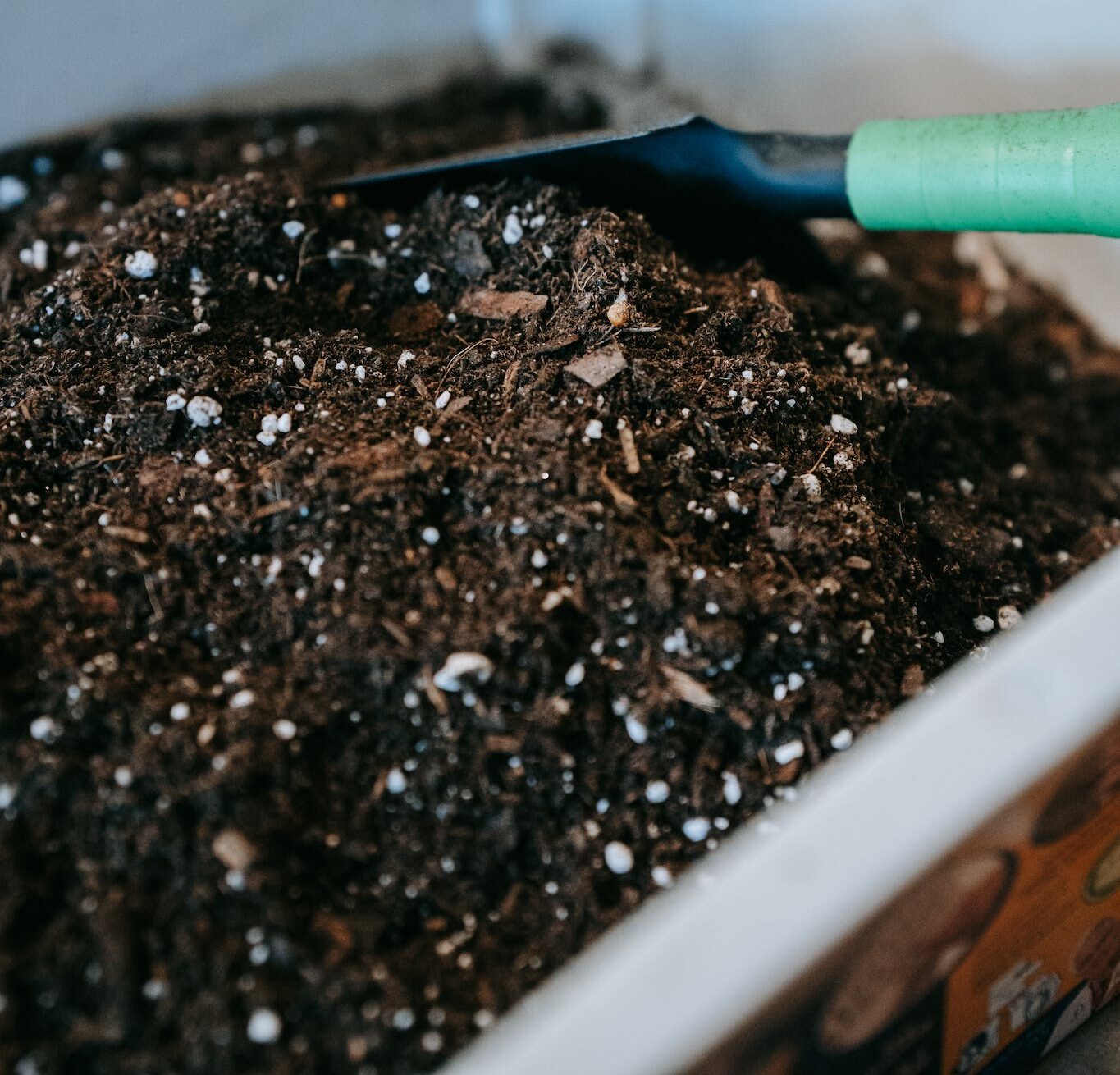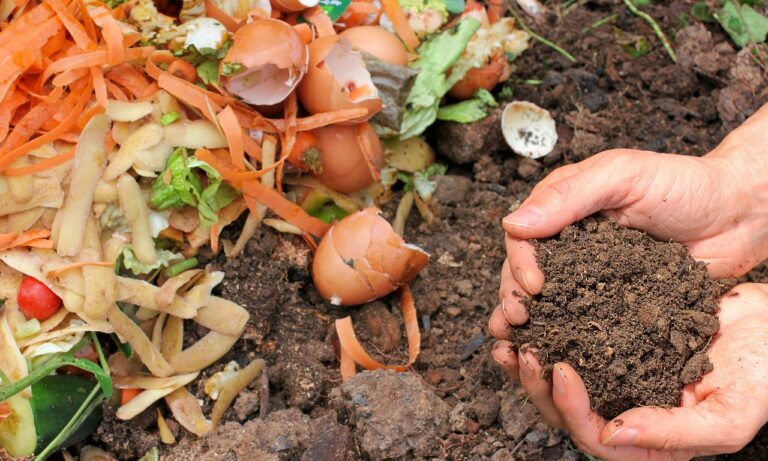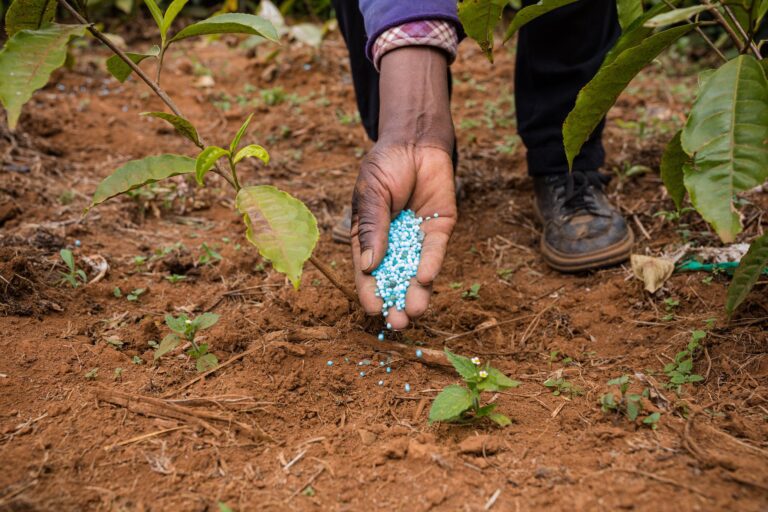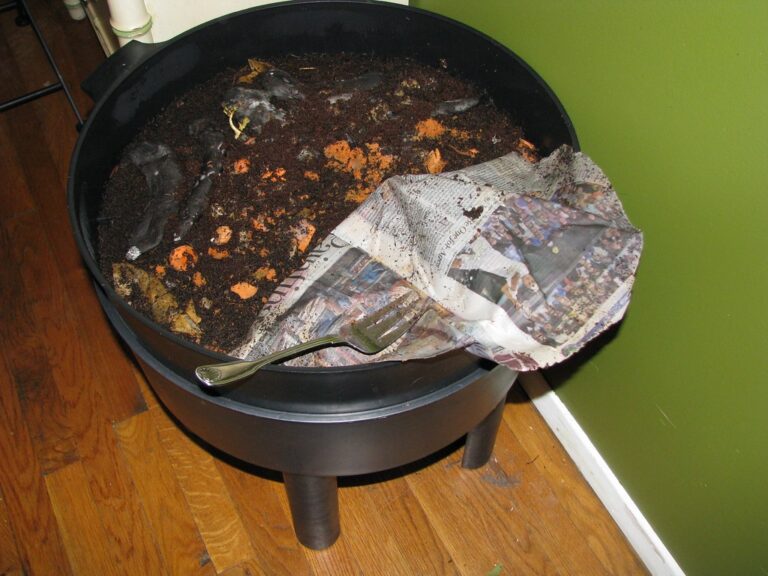In my small composting space, I’ve had success using a simple 2:1 ratio of brown to green materials, aiming for a carbon nitrogen ratio between 25 and 35. The interesting part is figuring out whether we should focus on the volume or weight of these materials.
Achieving the perfect compost pile is akin to mastering a delicate dance between browns and greens. As I’ve discovered through my composting journey, the 2:1 Brown to Green Ratio serves as a foundational guide. Yet, the challenge of deciding between mass and volume measurements has added depth to this art.
In this article, I will help you in understanding the ins and outs of composting, especially how to balance browns (dry materials) and greens (moist ones). I will tackle the challenge of deciding whether we should measure based on the space these materials take up or the weight they add to our compost.
The 2:1 Brown to Green Ratio
The 2:1 Brown to Green Ratio simplifies composting by balancing dry browns, like shredded straw, with moist greens, such as freshly chipped pasture grass. This maintains an optimal Carbon-to-Nitrogen (C/N) ratio, crucial for efficient decomposition. The C/N ratio signifies the proportion of carbon-rich to nitrogen-rich materials in the compost, impacting microbial activity.
This balanced mix of browns and greens ensures a straightforward and efficient composting process. Dry browns provide structure and absorb excess moisture, while moist greens add vitality and essential nutrients. The 2:1 ratio prevents the compost from becoming too carbon-rich or nitrogen-heavy, maintaining a C/N ratio between 25 and 35.
Balancing browns and greens is vital for successful composting. This equilibrium creates an ideal environment for microorganisms, preventing issues like excessive moisture and promoting efficient decomposition. Browns prevent sogginess, while greens contribute nutrients and speed up the breakdown process.
Harmony between browns and greens enhances composting efficiency, yielding a higher-quality final product. A well-balanced compost minimizes odors and pests, providing nutrient-rich compost for soil health. In essence, achieving balance ensures microorganisms effectively transform organic waste into a valuable resource for the garden.
Mass vs. Volume
Now, let’s look into the intricacies of mass versus volume. Consider the fresh chipped pasture grass, a quintessential green component. Undoubtedly, it’s brimming with moisture, turning it into a heavyweight champion in composting. Surprisingly, that single bucket of vibrant greenery might tip the scales more than two buckets of dry shredded grass, even if it occupies only half the volume.
In the course of my composting, this has raised a question – should I prioritize measurement by weight or volume? After all, composting is more of an art than a rigid math class, demanding a nuanced understanding of the materials we introduce into our compost bins.

Challenges in Using Volume for Carbon to Nitrogen Ratio
There was a time when I loaded up on fresh chipped grass, convinced that I had found the sweet spot. To my dismay, the excess water content in the lush greenery ended up wreaking havoc on my carbon to nitrogen ratio, leaving me with a compost pile that was far from the harmonious blend I had envisioned. This experience served as a valuable lesson – relying on volume alone won’t guarantee a well-balanced and nutrient-rich compost.
In essence, this hiccup highlights the importance of considering more than just the volume of the materials.
Composting is a dynamic process influenced by various factors, and solely eyeballing the volume can lead to unexpected outcomes. It’s crucial to factor in the water content, acknowledging that different materials contribute differently to the overall C/N ratio.
This realization can prevent you from falling into the trap of thinking that volume alone is a foolproof measure of achieving the desired compost quality.
Best Practices in C/N Ratio Management
To make composting successful, you need to strike a balance in the Carbon-to-Nitrogen (C/N) ratio, like finding the right mix for a recipe. Pay attention to the amount and weight of your materials, and investing in tools for weighing greens and measuring browns can make a big difference. These measurements help you fine-tune the C/N ratio accurately.
Understanding the weight of materials in C/N ratio calculations is crucial. Think of it like conducting an orchestra – each material, whether brown or green, has a role. Knowing the weight allows you to adjust the 2:1 brown to green ratio based on your materials.
For those striving for composting success, focus on finding the right balance between volume and weight, use tools for precision, and manage your compost like a pro. This comprehensive approach guarantees not just decomposed organic matter but a mix of nutrients that will enrich your soil and nurture a thriving garden.
Tools to help in attaining the optimal C/N ratio
- Compost Thermometer:
- By monitoring the internal temperature, the compost thermometer becomes a crucial ally in achieving the desired C/N ratio. Optimal temperatures foster the activity of microorganisms, ensuring a balanced decomposition of carbon-rich and nitrogen-rich materials.
- Pitchfork or Turning Tool:
- The pitchfork or turning tool not only aids in regular turning but also enhances aeration, creating an environment where microbial communities can thrive. This improved oxygen flow contributes significantly to maintaining the equilibrium in the C/N ratio.
- Kitchen Scale:
- A kitchen scale offers precision in weighing materials, allowing for meticulous control over the C/N ratio. By accurately measuring carbon-heavy browns and nitrogen-rich greens, composters can make informed adjustments to achieve and uphold the optimal ratio.
- Practical for small to medium-scale composting. For larger volumes, industrial scales may be more suitable.
- Measuring Cups or Containers:
- Measuring cups or containers provide a systematic way to quantify bulkier materials like shredded browns. This precision ensures that the compost pile receives a balanced infusion of browns and greens, fostering the attainment of the ideal C/N ratio.
- Practical for small to medium-scale composting. Bulk composting operations may require larger equipment for measuring.
- pH Testing Kit:
- Monitoring compost acidity with a pH testing kit is pivotal for maintaining an environment conducive to microbial activity. The proper pH levels not only support decomposition but also indirectly impact the C/N ratio, ensuring a harmonious composting process.
- Compost Sifter:
- The compost sifter plays a critical role in separating finished compost from larger, uncomposted materials. This process ensures that the C/N ratio in the final product aligns with the needs of your garden soil, providing a nutrient-rich amendment.
- Aeration Tubes or Pipes:
- Aeration tubes or pipes contribute significantly to achieving the right C/N ratio by improving airflow. This enhanced oxygenation promotes aerobic decomposition, preventing imbalances and supporting the efficient breakdown of organic matter.
- Compost Bin with a Lid:
- The compost bin with a lid functions as a protective shield, regulating moisture levels and deterring pests. This controlled environment is crucial for maintaining the integrity of the C/N ratio, ensuring that the composting process unfolds with precision.
- Practical for small to medium-scale composting. Large-scale composting may involve containment systems tailored to the operation’s specific needs.
| Tool | Purpose | Contribution to C/N Ratio |
|---|---|---|
| Compost Thermometer | Monitors internal temperature for optimal decomposition | Aids in achieving the desired C/N ratio by fostering microbial activity |
| Pitchfork or Turning Tool | Facilitates turning and enhances aeration | Maintains C/N equilibrium by preventing anaerobic conditions and promoting even decomposition |
| Kitchen Scale | Weighs materials for precise C/N ratio control | Enables accurate measurements for a well-balanced mix of browns and greens |
| Measuring Cups/Containers | Measures bulkier materials like shredded browns | Facilitates controlled incorporation of browns and greens, contributing to C/N balance |
| pH Testing Kit | Checks compost acidity for microbial activity | Indirectly impacts C/N ratio by maintaining a conducive environment for decomposition |
| Compost Sifter | Separates finished compost from larger materials | Ensures the final product has an appropriate C/N ratio for soil enrichment |
| Aeration Tubes/Pipes | Improves airflow for aerobic decomposition | Supports the C/N ratio by preventing imbalances and enhancing organic matter breakdown |
| Compost Bin with a Lid | Regulates moisture levels and deters pests | Maintains a controlled environment for precise C/N ratio management |
By understanding how each tool enhances the composting process, composters can navigate towards a well-balanced C/N ratio. These tools collectively empower individuals to fine-tune their compost piles, fostering an environment where carbon and nitrogen elements harmonize seamlessly for optimal decomposition and nutrient-rich compost.
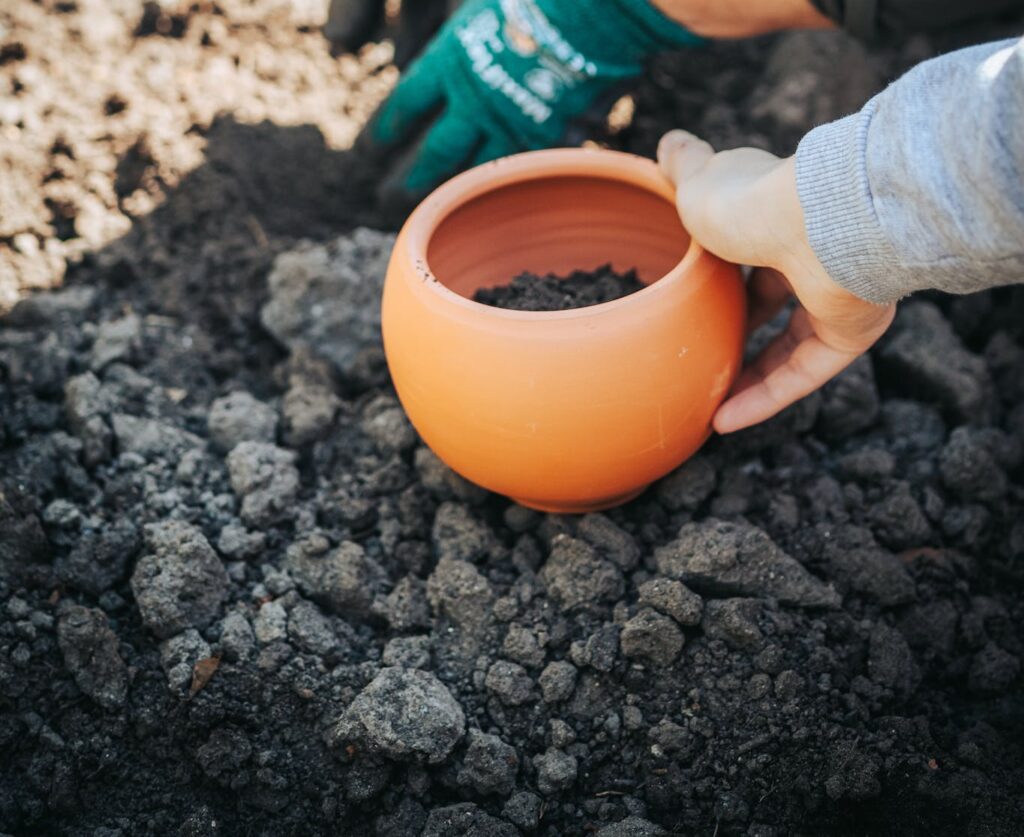
Conclusion
I’ve learned that C/N ratios are not just numbers; they’re the heartbeat of our compost. Embrace the dance of browns and greens, but don’t forget to weigh in on the mass versus volume dilemma. Let’s compost smarter, not harder – because a well-balanced compost is the key to a thriving garden.
